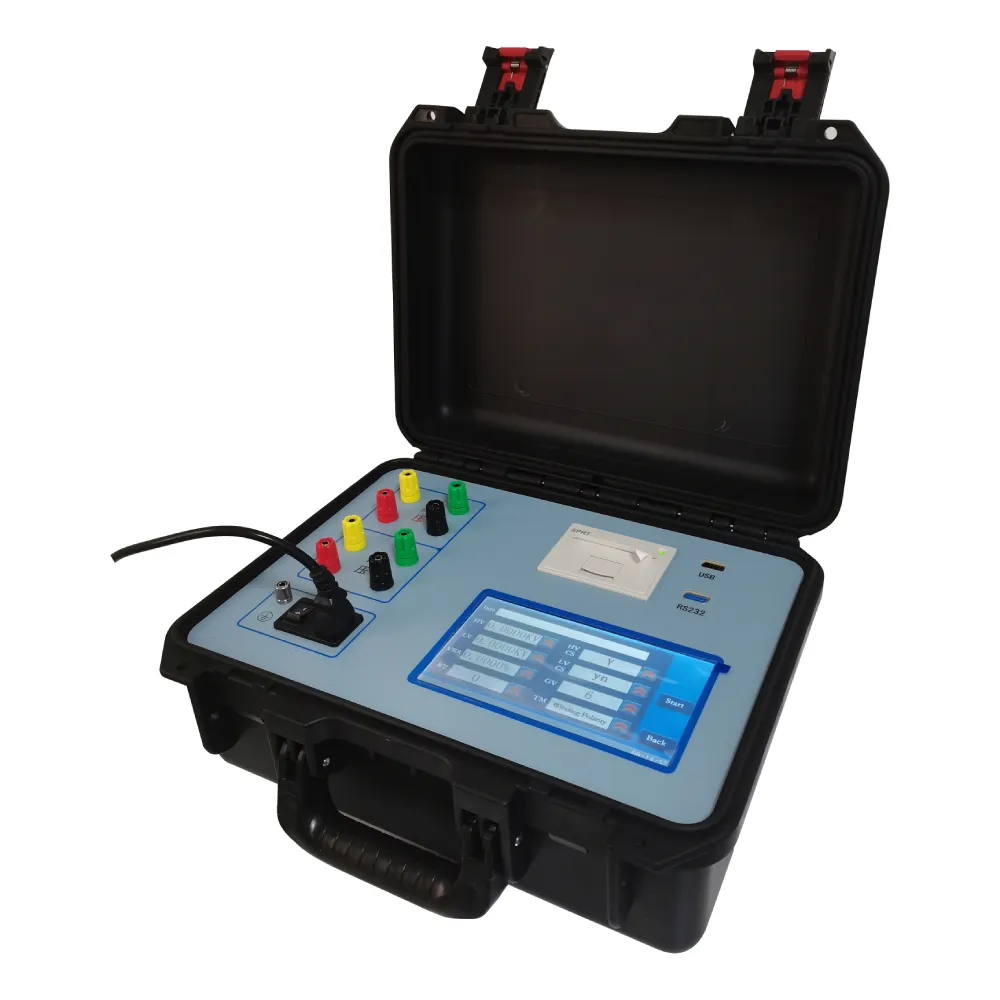 English
English



-
 Afrikaans
Afrikaans -
 Albanian
Albanian -
 Amharic
Amharic -
 Arabic
Arabic -
 Armenian
Armenian -
 Azerbaijani
Azerbaijani -
 Basque
Basque -
 Belarusian
Belarusian -
 Bengali
Bengali -
 Bosnian
Bosnian -
 Bulgarian
Bulgarian -
 Catalan
Catalan -
 Cebuano
Cebuano -
 China
China -
 China (Taiwan)
China (Taiwan) -
 Corsican
Corsican -
 Croatian
Croatian -
 Czech
Czech -
 Danish
Danish -
 Dutch
Dutch -
 English
English -
 Esperanto
Esperanto -
 Estonian
Estonian -
 Finnish
Finnish -
 French
French -
 Frisian
Frisian -
 Galician
Galician -
 Georgian
Georgian -
 German
German -
 Greek
Greek -
 Gujarati
Gujarati -
 Haitian Creole
Haitian Creole -
 hausa
hausa -
 hawaiian
hawaiian -
 Hebrew
Hebrew -
 Hindi
Hindi -
 Miao
Miao -
 Hungarian
Hungarian -
 Icelandic
Icelandic -
 igbo
igbo -
 Indonesian
Indonesian -
 irish
irish -
 Italian
Italian -
 Japanese
Japanese -
 Javanese
Javanese -
 Kannada
Kannada -
 kazakh
kazakh -
 Khmer
Khmer -
 Rwandese
Rwandese -
 Korean
Korean -
 Kurdish
Kurdish -
 Kyrgyz
Kyrgyz -
 Lao
Lao -
 Latin
Latin -
 Latvian
Latvian -
 Lithuanian
Lithuanian -
 Luxembourgish
Luxembourgish -
 Macedonian
Macedonian -
 Malgashi
Malgashi -
 Malay
Malay -
 Malayalam
Malayalam -
 Maltese
Maltese -
 Maori
Maori -
 Marathi
Marathi -
 Mongolian
Mongolian -
 Myanmar
Myanmar -
 Nepali
Nepali -
 Norwegian
Norwegian -
 Norwegian
Norwegian -
 Occitan
Occitan -
 Pashto
Pashto -
 Persian
Persian -
 Polish
Polish -
 Portuguese
Portuguese -
 Punjabi
Punjabi -
 Romanian
Romanian -
 Russian
Russian -
 Samoan
Samoan -
 Scottish Gaelic
Scottish Gaelic -
 Serbian
Serbian -
 Sesotho
Sesotho -
 Shona
Shona -
 Sindhi
Sindhi -
 Sinhala
Sinhala -
 Slovak
Slovak -
 Slovenian
Slovenian -
 Somali
Somali -
 Spanish
Spanish -
 Sundanese
Sundanese -
 Swahili
Swahili -
 Swedish
Swedish -
 Tagalog
Tagalog -
 Tajik
Tajik -
 Tamil
Tamil -
 Tatar
Tatar -
 Telugu
Telugu -
 Thai
Thai -
 Turkish
Turkish -
 Turkmen
Turkmen -
 Ukrainian
Ukrainian -
 Urdu
Urdu -
 Uighur
Uighur -
 Uzbek
Uzbek -
 Vietnamese
Vietnamese -
 Welsh
Welsh -
 Bantu
Bantu -
 Yiddish
Yiddish -
 Yoruba
Yoruba -
 Zulu
Zulu
transformer ratio test
Understanding the Transformer Ratio Test
The transformer ratio test is a critical assessment tool used primarily in the electrical engineering field to evaluate the operational efficiency and functionality of transformers. A transformer, being an essential component in electrical power systems, converts alternating current (AC) from one voltage level to another. The ratio test focuses on determining the transformation ratio, which is the ratio of the primary voltage to the secondary voltage. This fundamental parameter is crucial for ensuring that transformers operate within their designed specifications.
In a standard transformer ratio test, the main objective is to verify the turns ratio between the primary and secondary windings of the transformer. The test typically involves applying a known voltage to the primary side and measuring the resulting voltage on the secondary side. The ratio of these voltages should ideally match the predetermined turns ratio, which reflects the number of turns in the primary winding compared to the secondary winding. An accurate turns ratio is essential for maintaining voltage levels and ensuring the safe operation of electrical systems.
To conduct a transformer ratio test, engineers generally utilize specialized equipment, such as a transformer turns ratio (TTR) tester. This device measures the voltage drop across the transformer windings while providing a controlled input voltage. The test can be performed at various stages of a transformer’s lifecycle, including manufacturing, installation, and routine maintenance. This ensures that any discrepancies arising from manufacturing defects or degradation over time are promptly detected.
transformer ratio test

One of the significant benefits of performing the transformer ratio test is that it helps identify any issues related to winding short circuits, open circuits, or imbalances in the windings. These problems can lead to severe operational inefficiencies and pose risks to the reliability of the power system. For instance, an imbalanced transformer could cause overheating, increased losses, and even catastrophic failure of the transformer or connected equipment.
In addition to its diagnostic capabilities, the transformer ratio test plays a vital role in confirming the quality standards of transformers. By aligning the measured turns ratio with the nominal specifications, manufacturers can provide assurances of product quality. Quality assurance through rigorous testing enhances the trust of utilities and other stakeholders who rely on these transformers for efficient power distribution.
Furthermore, the transformer ratio test is not just limited to new transformers. It is crucial for aging equipment as well. Regular maintenance practices that include ratio tests can help utility companies plan for replacements and avoid unexpected failures that might disrupt service or lead to costly downtime.
In conclusion, the transformer ratio test is an indispensable tool in the field of electrical engineering. As an effective means of evaluating transformer performance and ensuring that they meet design specifications, it aids in maintaining a reliable electrical infrastructure. Regular testing enables operators to foresee potential issues, thereby improving operational longevity and efficiency. Ultimately, the transformer ratio test underscores the importance of preventative maintenance and quality control in the electrical power industry, contributing significantly to smooth and safe energy delivery.
-
Using Distillation Range Testers in the Food and Beverage IndustryNewsApr.16,2025
-
The Impact of IoT on Distillation Range Tester PerformanceNewsApr.16,2025
-
The Best Distillation Range Testers for Extreme ConditionsNewsApr.16,2025
-
How Distillation Range Testers Save Time and MoneyNewsApr.16,2025
-
Distillation Devices for Advanced Separation TechniquesNewsApr.16,2025
-
Common Mistakes to Avoid When Using a Distillation Range TesterNewsApr.16,2025



